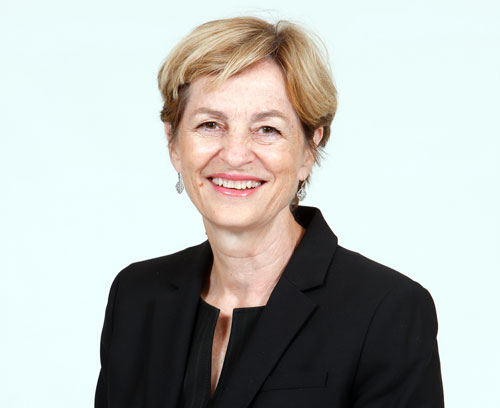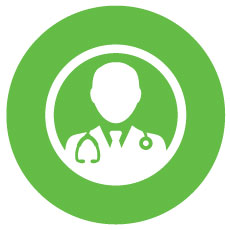A Windsor-based ‘Clinical Trials Navigator’ program aims to boost trial participation among Canadian cancer patients.
Clinical trials represent hope for many cancer patients, offering access to promising new treatments and a chance to impact the future of cancer care.
Yet only seven per cent of Canadians with cancer end up enrolling in a clinical trial, and the rate is even lower in small cancer centres that run fewer trials than larger hospitals.
Windsor Regional Hospital (WRH) Medical Oncologist Dr. Caroline Hamm has spent years investigating why more people don’t participate in clinical trials and exploring ways to increase patient accrual.
“There are many complex barriers,” says Hamm, who is also the Director of the Windsor Cancer Research Group. “Your access to trials depends on where you live and if you meet eligibility criteria, and patients are often left to search for trials on their own.”

With support from the Canadian Cancer Clinical Trials Network (3CTN), Hamm has led a unique program out of WRH to help connect cancer patients with relevant trials. Developed with former WRH Board Chair and cancer patient Ron Truant, the program created the Clinical Trials Navigator, a specialist role dedicated to helping people find their way through a clinical trials system that can be difficult to navigate.
As part of the pilot phase, a part-time Clinical Trials Navigator worked with 118 cancer patients who either self-referred or were referred by their oncologists. The Navigator reviewed their medical records and systematically searched for trials that fit their needs. All referrals received a report summarizing information about any eligible trials matching their cancer diagnosis and were contacted for follow up to address questions and track referral outcomes, including trial enrollment.
Though the Navigator took referrals from across the country, most came from smaller population centres like Windsor, where as few as three per cent of cancer patients take part in trials.
As of the end of the pilot, about seven per cent of participating patients — all from smaller cancer centres — ended up enrolling in a trial, which is line with the overall average of both small and large cancer centres.
In a journal article published recently in Cancer Control, Hamm and colleagues concluded that the Clinical Trials Navigator program has the potential to increase patient accrual and close gaps in the in the clinical trials system.
“I think the program has the right idea, but there’s still a lot of work to do,” Hamm says.
She has since expanded the Clinical Trials Navigator program and is digging deeper into the barriers preventing patients from participating in clinical trials. The program now has six navigators (all medical and graduate students) who have helped a total of 240 cancer patients, focusing on areas outside of Toronto to address what Hamm calls the “postal code barrier” to trial participation.
Navigators spend time asking patients questions about what they want out of a clinical trial, what sort of treatments interest them and how far they can travel to participate.
“That kind of back and forth with a patient is a really important part of the experience,” Hamm says.
Hamm and the navigators are also examining the clinical trials system and looking for ways to improve. They are working with a company to start their own searchable clinical trials database they hope will be more user friendly for patients.
Stephen Sundquist is Executive Director of 3CTN, which supported Hamm’s pilot program as part of its mission to increase recruitment to clinical trials and reduce impediments to trial access.

“Results from the Ontario-led Clinical Trials Navigator pilot have provided useful insights into how the availability of this value-added service can be implemented and scaled up to support greater access to cancer clinical trial options for a wider community of patients and caregivers across Canada who stand to benefit,” says Sundquist, who is also a co-author of the Cancer Control article.
As she looks to further expand the Clinical Trials Navigator program, Hamm is encouraged by the gratitude she has received from patients who participated.
“We got rave reviews from everyone,” she says. “Patients say it means a lot to them to have someone help them during such a difficult time.”



